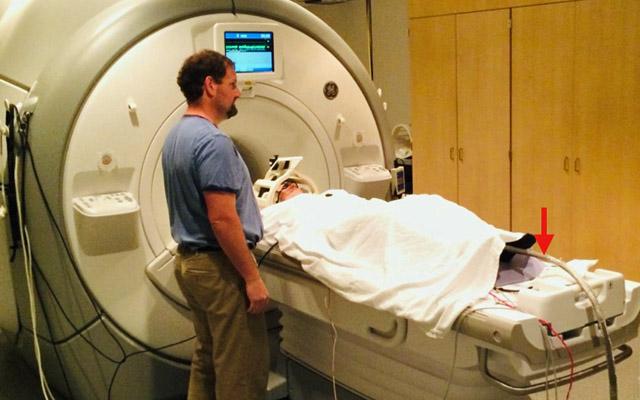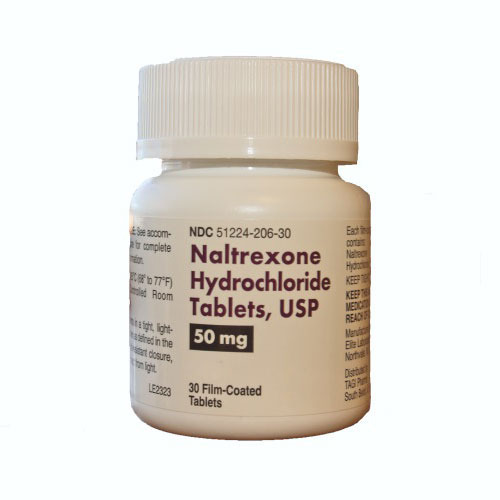How Sodas and Smoking Worsen Disability
/By Pat Anson, PNN Editor
Most doctors will tell you that smoking and drinking sweetened beverages like soda every day will lead to poor health. They can also worsen your risk of disability if you have rheumatoid arthritis or multiple sclerosis, according to new studies.
Researchers in Germany wanted to know how diet can affect the progression of multiple sclerosis (MS), a chronic disease that attacks the body’s central nervous system, causing numbness, difficulty walking, paralysis, loss of vision, fatigue and pain.
They surveyed 135 MS patients to see how close their diet was to the Dietary Approaches to Stop Hypertension (DASH) diet – which limits foods that are high in saturated fat and sugar – and recommends whole grains, fruits and vegetables, low-fat dairy products, lean meats, poultry and fish, nuts and legumes.
Researchers did not find a link between what the participants ate and their level of disability, but there was a strong association with what they drank.
"While we did not find a link with overall diet, interestingly, we did find a link with those who drank sodas, flavored juices and sweetened teas and coffees," said study author Elisa Meier-Gerdingh, MD, of St. Josef Hospital in Bochum, Germany.
MS patients who consumed the largest amounts of sugar-sweetened beverages – averaging about 290 additional calories per day -- were five times more likely to have severe disability than people who rarely drank sweetened beverages.
"While these results need to be confirmed by larger studies that follow people over a long period of time, and the results do not show that soda and sugar-sweetened beverages cause more severe disability, we do know that sodas have no nutritional value and people with MS may want to consider reducing or eliminating them from their diet," said Meier-Gerdingh, who will present her findings at the American Academy of Neurology's annual meeting in Philadelphia in May.
Smoking Worsens Risk of Rheumatoid Arthritis
Previous studies have also found that smoking increases your chances of having MS and several other chronic pain conditions.
A new study by researchers at Brigham and Women's Hospital in Boston demonstrated for the first time that women who stop smoking can reduce their risk of developing the most severe form of rheumatoid arthritis (RA). But it takes time to have a beneficial effect.
"Ours is the first study to show that a behavior change can reduce risk for seropositive RA. Risk isn't just about genes and bad luck--there's a modifiable environmental component to the onset of this disease and a chance for some people to reduce their risk or even prevent RA," said corresponding author Jeffrey Sparks, MD, of the Division of Rheumatology, Immunology and Allergy at the Brigham.
Sparks and colleagues analyzed data from the Nurses' Health Study, which tracked the long-term health of registered nurses from across the U.S. Brigham researchers identified over 1,500 nurses who developed RA, but they were most interested in those with "seropositive" RA as opposed to "seronegative" RA. Patients with seropositive RA generally have more severe joint deformities and disability.
For seropositive RA, the risk of disability began to go down about five years after women quit smoking and continued to decrease the longer they stayed non-smokers. Participants who quit for good reduced their risk of seropositive RA by 37 percent after 30 years. The team did not find any association between seronegative RA and smoking.
"One of the lessons here is that it takes sustained smoking cessation to reap the full benefit," said Sparks, who published his findings in the journal Arthritis Care & Research.
"Whereas for other diseases, such as cardiovascular disease, quitting smoking can provide a more immediate effect, here we're seeing benefits decades later for those who quit smoking permanently."
RA is a chronic autoimmune disease in which the body’s own defenses attack joint tissues, causing pain, inflammation and bone erosion. While the biological mechanisms that link smoking and the development of RA are unclear, Sparks believes that smoking may contribute to the formation of RA-related antibodies that increase inflammation.
In future studies, Brigham researchers want to extend their investigations to include men and to see if smoking cessation can prevent the formation of RA-related antibodies and stop progression of the disease.









































